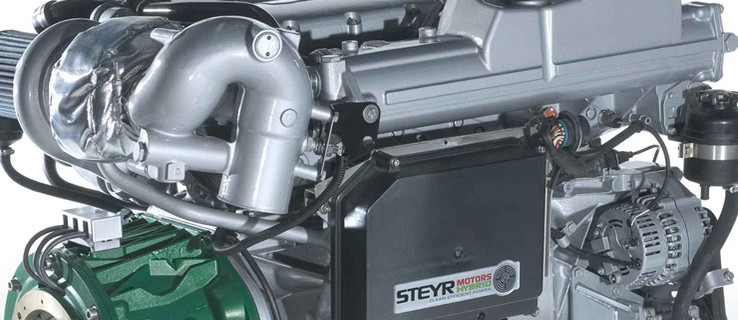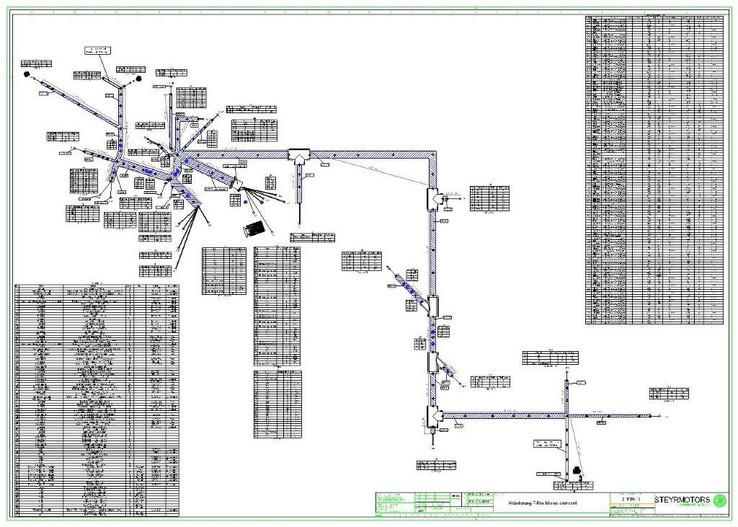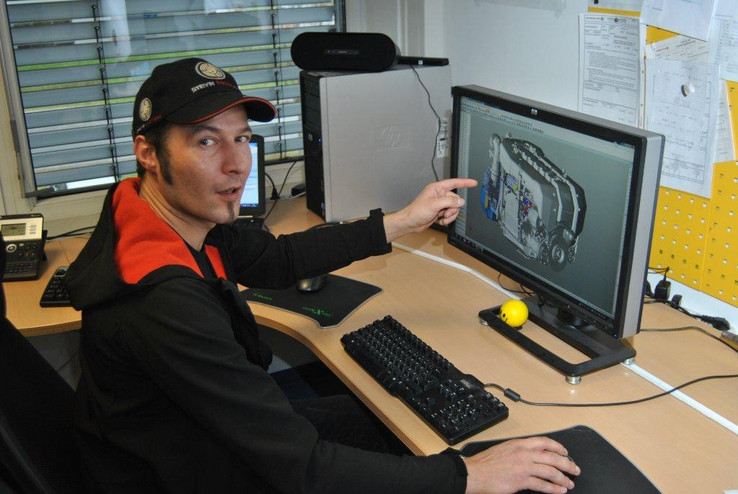Lightweight, fast motor innovation
While modelling with 3D-CAD systems has been a matter of course in mechanical engineering construction for years, the electrical engineering side of things could not use modern software. Until they installed EPLAN Harness proD.
Steyr Motors specialises in drive systems for ground, air and water vehicles with state-of-the-art monoblock motors through to diesel hybrids. While modelling with 3D-CAD systems has been a matter of course in mechanical engineering construction for years, the electrical engineering side of things could not use modern software. Until they installed EPLAN Harness proD. The built-in 3D tool for wire harness engineering ensures that mechanical and electrical engineering are in parallel, reduces the initial creation time by 80 to 90 percent and provides extensive documentation to secure process stability and quality without additional work. With one of the best preserved old towns in the German-speaking area, Steyr is one of the most beautiful cities in the world. It is also the cradle of numerous inventions in the automotive and engine construction sectors. As early as 1922, the Steyr Type II "Armoured Car" was created, the first vehicle with a monoblock engine where the cylinder head and part of the crankcase were cast as a single unit. Compact, robust and environmentally friendly This idea was taken up again after the oil crisis in the 1970s, when ideas were developed to reduce weight, fuel consumption and emissions. The M1 motor type developed in Steyr was the first car engine with direct injection, pump nozzle injectors, exhaust turbo-charging and intercooling. It forms the basis for further developments for Steyr Motors GmbH, founded in 2001, and its predecessor companies. Their modern diesel engines are mostly used in customer-specific, modular applications in terrestrial military vehicles and sports aircraft, but primarily in ships and motor boats. Since the first marine engine left Steyr in 1990, the four and six-cylinder engines have been constantly further developed and certified to exhaust standards up to EURO 5. New designs such as the two-cylinder power aggregate have been among those added to the product range. In 2008, Steyr Motors also launched the world's first diesel hybrid motor for marine use. This enables environmentally-friendly boating on inland waters or in harbours at up to 6 knots and can be switched on as a booster for higher speeds. It is thanks to this invention that Steyr Motors received the DAME award from the METS water sports show in Amsterdam and the IBEX award from the American National Marine Manufacturers' Association. When Roland Streitner joined the company in 2005, a new permanent magnet-powered generator had been developed to provide on-board power which provided a prerequisite for the hybrid drive. "There were lots of doubters who believed that using this as the basis for a compact hybrid drive would be impossible," remembers the electrical safety and electronics developer. "But I didn't know that. So I could approach it impartially and simply get on with it." E-CAD playing catch-up While modelling using 3D-CAD systems has been a matter of course in mechanical engineering construction for years at Steyr Motors, the electrical engineering section had no support from modern software. The design of the cabling on the motor requires a great deal of manual work and coordination between the electrical engineering developers and the mechanical designers. "Once I had drawn the pipes into the design drawings in pencil, they were sent back to the design department where the 3D model was produced," is how Roland Streitner describes the process. "The wire harness was designed by hand based on finished mechanical prototypes." This was not only an extremely time-consuming process which had to be repeated every time even the slightest change was made. It also happened under huge time pressure, as the first construction of a finished motor normally took place once the results from the design review were available just shortly before the agreed date for delivery to the customer. "The mechanical changes desired and those required to suit the robustness of the motor, such as a cut-out so that the wire bundle did not need to be led around the fin, were previously very time-consuming," remembers Roland Streitner. "When it came to protecting the wires from damage during installation and repair work, we were constantly having to compromise." At the same time, the dimensions of the adjusted "master" wire harness and its components could only be determined afterwards and the documentation for external suppliers of cable assemblies then produced from this data. Pressure on deadlines exacerbates requirements The hectic situation and the resulting late production of the documents often resulted in downstream suppliers charging rush fees and all inspections being carried out manually, which did not help process safety. In the second quarter of 2011, Roland Streitner went on the lookout for a practicable software solution for schematic and wire harness production. "I recognised that without suitable software support, the development targets for the new generation of marine motors planned for roll-out in 2012 would be very difficult to meet.”. In line with this search, he came across what is now EPLAN Harness proD, which combines data from mechanical and electrical design in a single system to enable efficient cable harness development in 3D. The system not only supports import of MCAD data in IGES or STEP format, but also directly in the native data formats of all conventional systems. "Before, I didn't know that these things existed and I was completely amazed to find two providers of similar software tools," confesses Roland Streitner. "The competitor system from a very small local provider quickly dropped out of the running as it would have required in-depth knowledge of the MCAD system for which it was available as a modular solution." The investment also went beyond bearable levels because of the module costs of the MCAD system. Links to MCAD system The decision to go with EPLAN Harness proD came in early August 2011. The deciding motive for the executive board to give the green light was the savings in terms of schematic development times. The actual profit lay in the completely new approach made possible by linking to the MCAD system. Today, electrical development does not rely on the existence of a mechanical prototype; it can work in parallel with the mechanical design. It can take the wire harness and its components into consideration at an early stage and, for example, locate it in a protected position within the external contours of the drive unit. This considerably reduces the risk of mechanical damage. Adaptive adjustments included Even the option of simply importing component data - about connectors, for example - from manufacturer catalogues saves a lot of work and eliminates notorious error sources. Together with the option of individual definition of standard components – these include wires in AWG too - and parameters such as minimum radii, this makes the initial creation process for the wire harness very much easier and quicker. However, a more decisive advantage of the system is the automatic adjustment of all parameters of a wire harness once the geometry is changed. “If, for example, the designer needs to move a rib to optimise stability meaning the position of a cut-through needs to be changed, the geometry of the wire harness also has to be adjusted," explains Roland Streitner. "The cable list with the lengths of the individual sections also adapts automatically, and the pinboard drawing generated after the amendment is automatically correct without further intervention." Extensive documentation improves quality This is also part of the extensive, detailed documentation in the form of user-defined bills of materials and parts lists, cable diagrams including time, cost and weight calculations from the manufacturer of the wire harness. These serve as a working basis for the design, with the control files for wire and cable fabrication machines derived automatically. It can also be used to create automatic testing schemes. Unlike in earlier days, each new project does not need to be started again from scratch, as EPLAN Harness proD has extensive functions to make creating and managing variants and options easier. This automatically leads to a high rate of reuse of like parts which in turn has a positive effect on procurement prices and spare parts storage. "With EPLAN Harness proD, we were not only able to finish the new motor in time, we also gained more time for the actual thought processes in development, increasing flexibility and at the same time improving quality." Roland Streitner is convinced. "As the product is now part of the EPLAN portfolio, further development and long-term support by a healthy partner company is guaranteed."
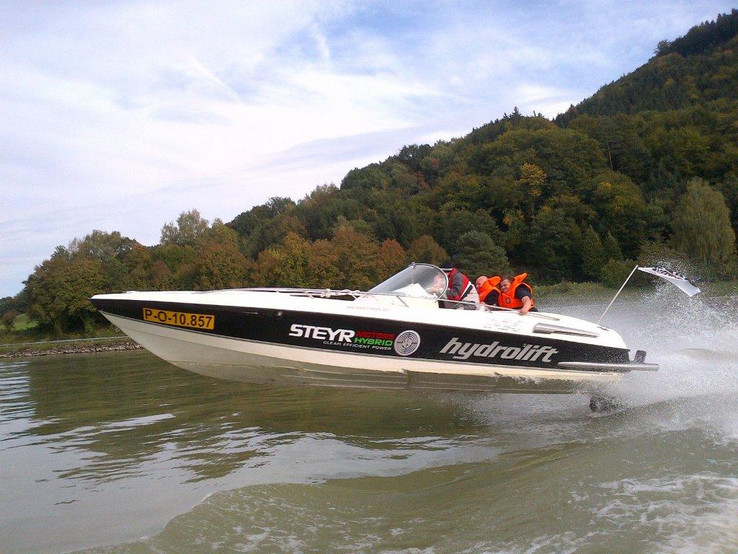
As well as applications in small aircraft, buses and military vehicles, the modern diesel motors from Steyr are primarily in maritime use.
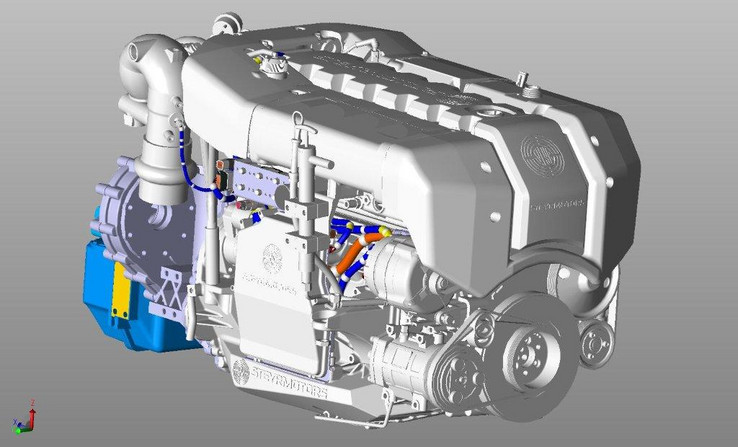
With EPLAN Harness proD, the wire harness can be developed in parallel to the mechanical design prior to the production of a prototype. At the same time, the program can import 3D data from all standard MCAD systems.
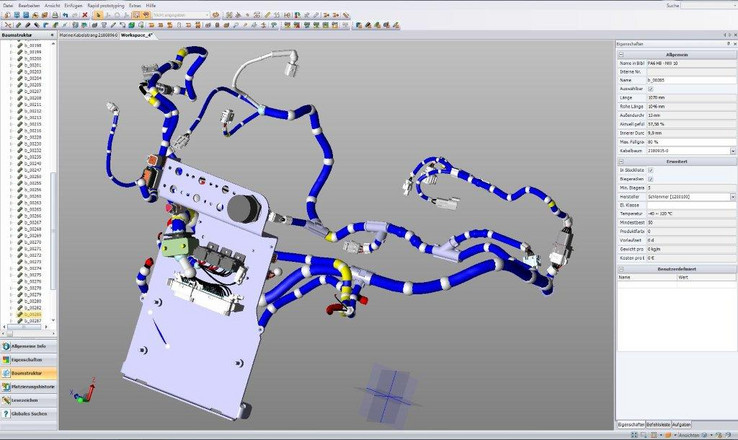
Changes to the positioning of connections can be made simply by pulling, with all resulting data adjusted automatically.


